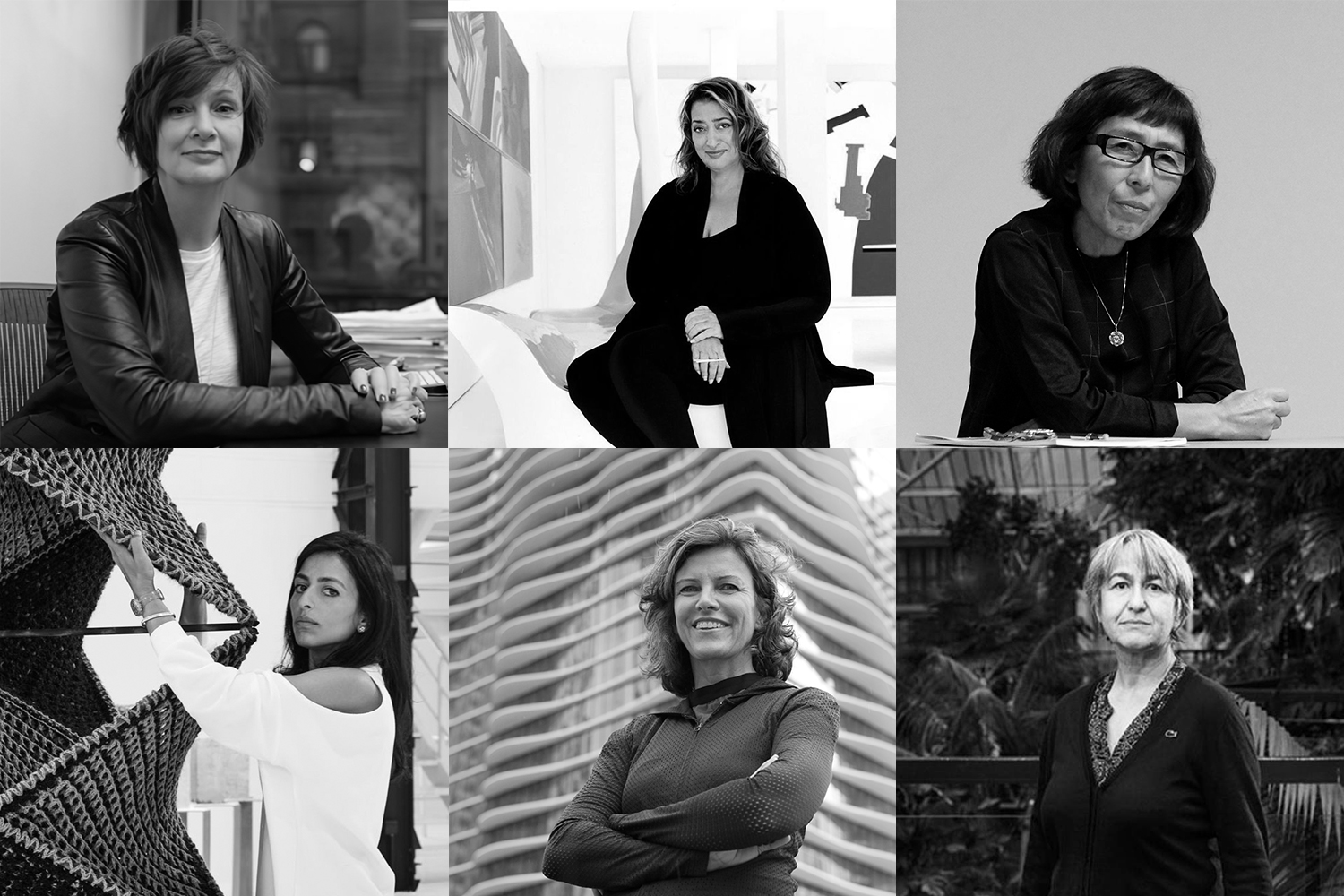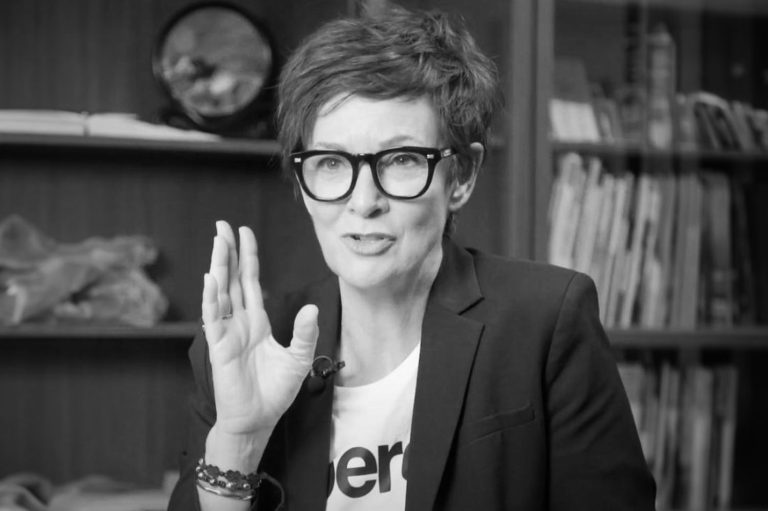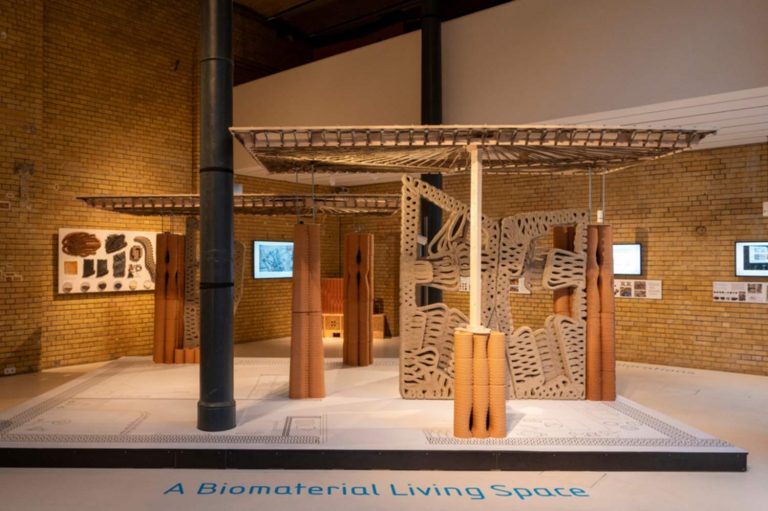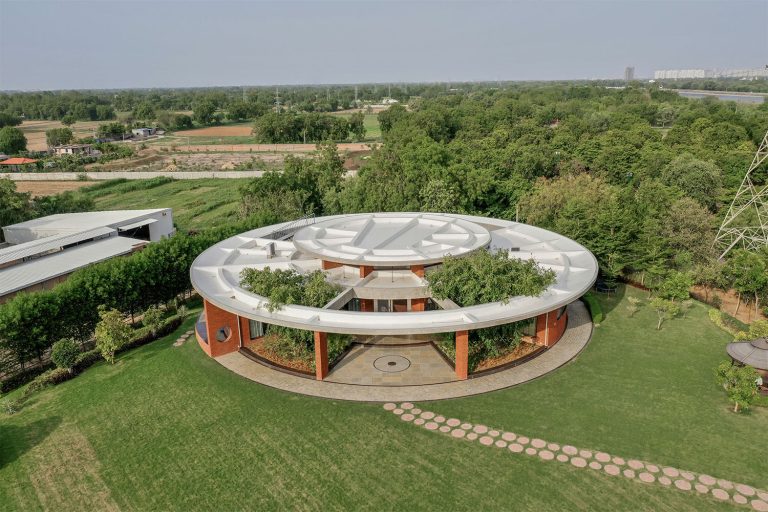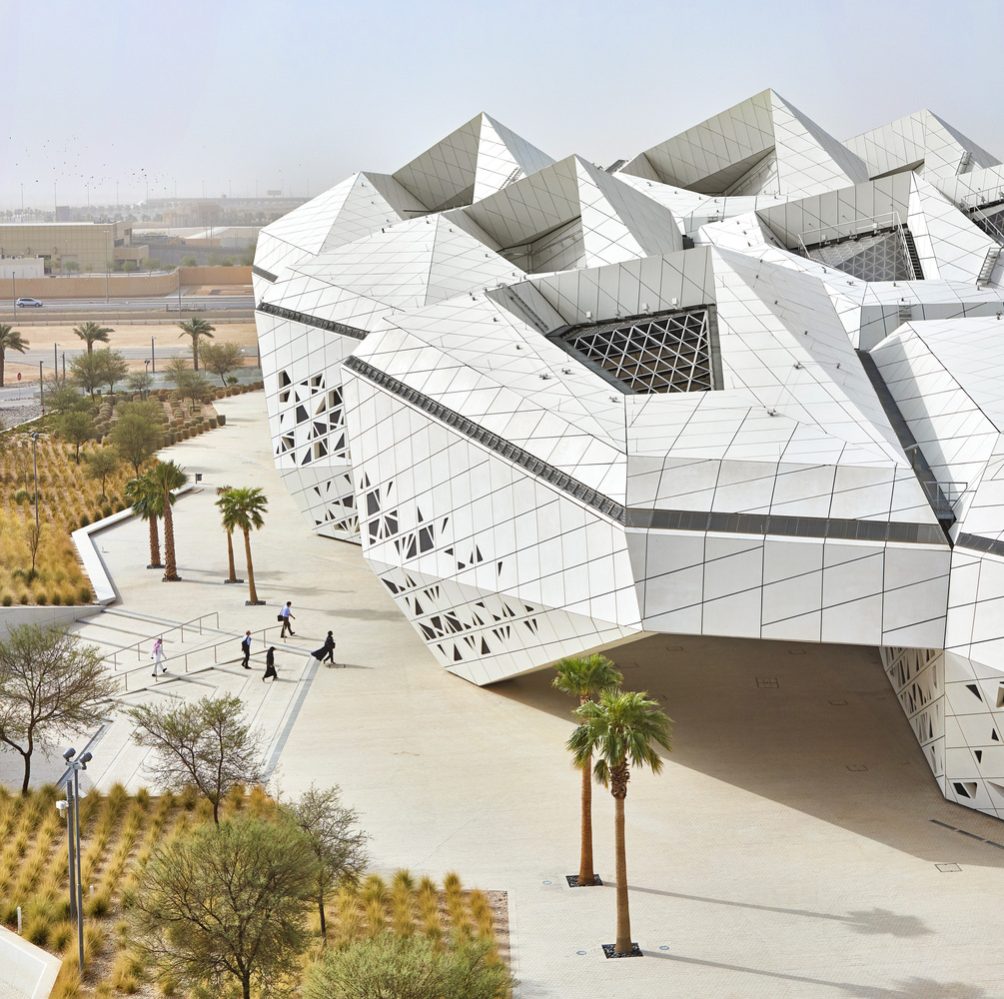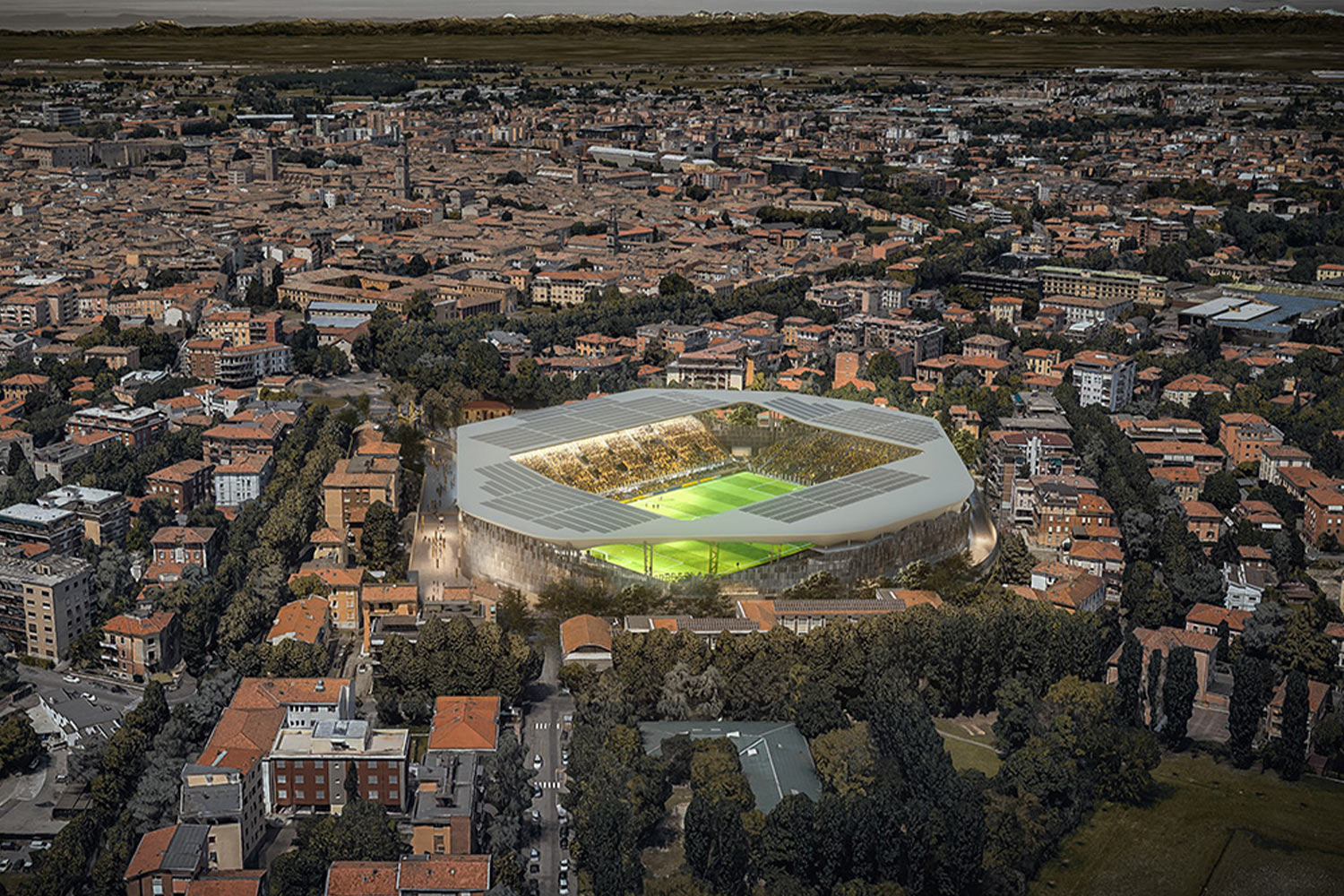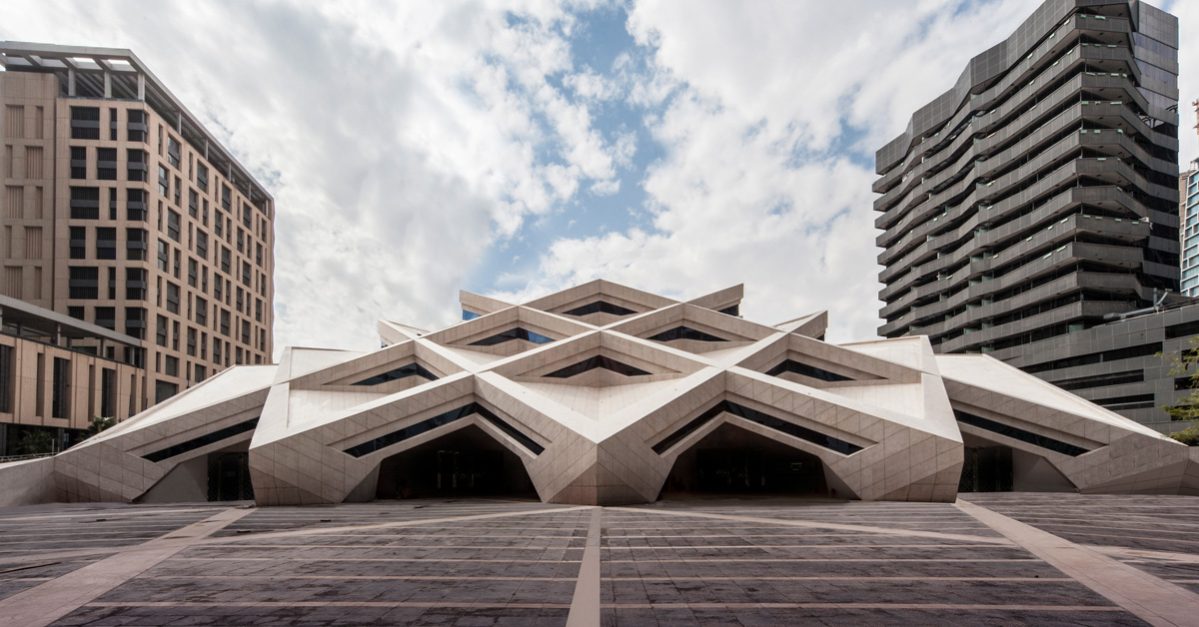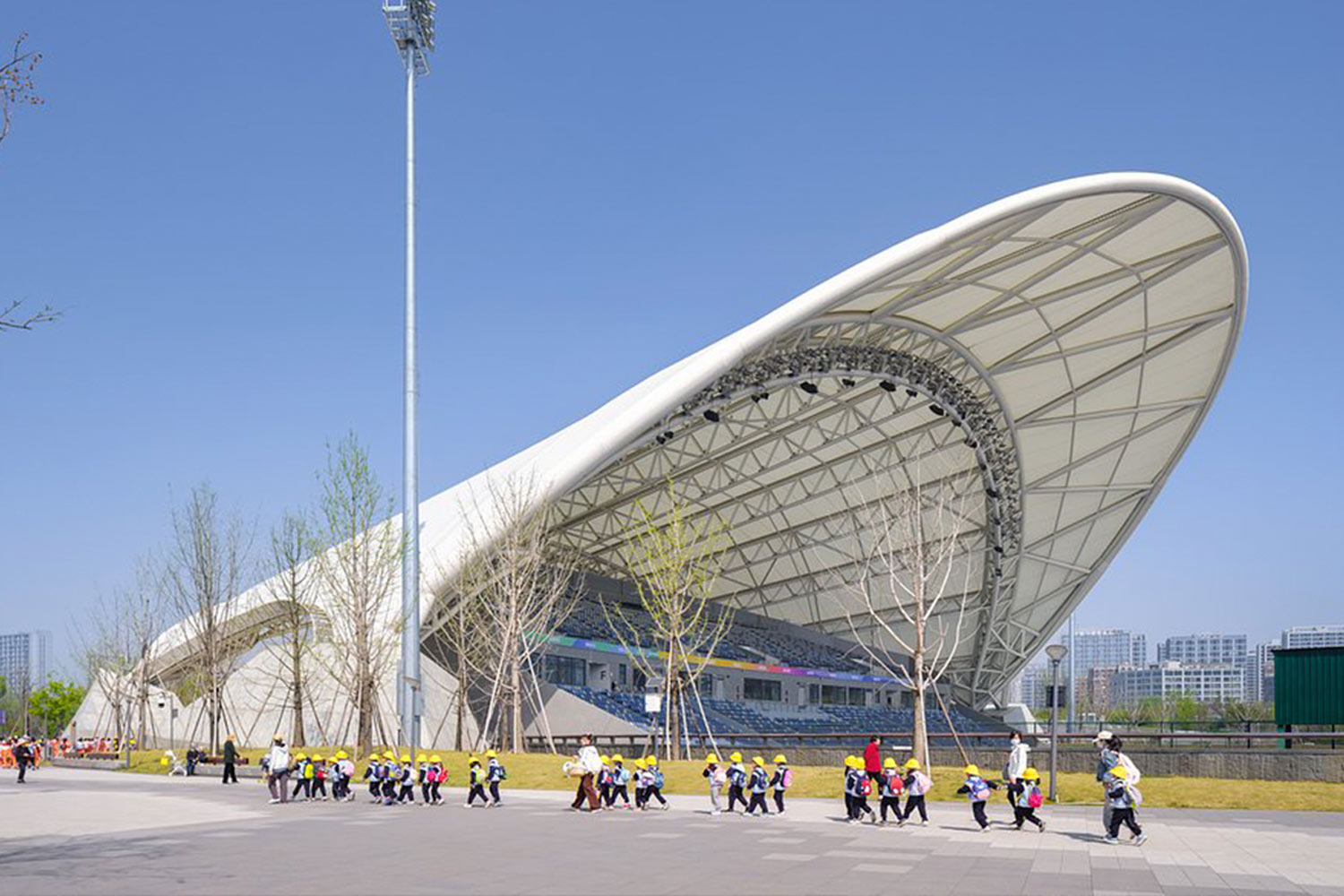
On International Women’s Day, people around the world celebrate the social, economic, cultural, and political achievements of women while also raising awareness about the ongoing struggle for gender equality. It’s a day to recognize women’s contributions to society and reflect on the barriers women continue to face in the pursuit of equality. It’s a time to honor women’s achievements, to call for gender parity, and to take action to create a more equitable world for all genders.
Although the architecture sector has traditionally been seen as male-dominated, an impressive number of women have made significant contributions and achieved great success in the field. These female architects, who have overcome the challenges they faced, have become influential figures in the industry, proving that gender should not be a barrier to success in any profession. Their accomplishments are a testament to the fact that diversity and inclusivity lead to innovation, creativity, and progress.
To praise the day, here is a list of 6 architects you should know:
Winka Dubbeldam
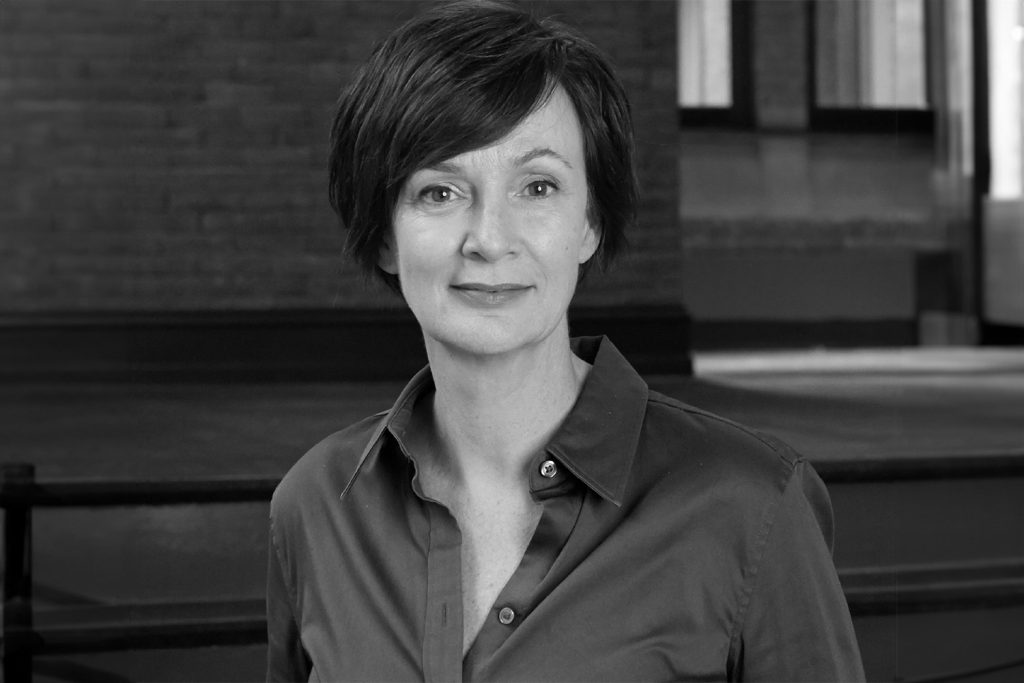
Dutch-born architect Winka Dubbeldam is among the most successful women architects. She founded Archi-tectonics, her own architectural firm, in 1994. The firm now operates globally across all building types and is run by Dubbeldam and her business partner, Justin Korhammer. Due to her use of sustainable materials, innovative building methods, and digital techniques, she has received numerous accolades for her architectural projects.
Archi-tectonics describes itself as doing “[…] innovative multidisciplinary work [that] combines advanced digital design processes, rigorous research, and new fabrication methods across scales to create smart buildings and healthier forms of urban living. [Archi-tectonics] create[s] concept-driven environments, buildings, and urban systems that foster more equitable and sustainable ways of life.” In line with this, in a 2018 interview, Winka Dubbeldam stated her understanding of what it means to be an architect: “The rewriting and innovation of architectural design and its structures requires a revolutionary change in the thinking of how architecture is now conceived. From the notion that a building is a composite of standardized elements such as columns, floors, and walls, we have to re-think a building being composed of mass-customized generative components. These components are organic in nature and resemble the human body in its complexity and natural fit. By making the components more integral and intelligent, human occupation is accommodated rather than allowed, interactive rather than passive.”
Learn more about Winka Dubbeldam “Performance over form and design intelligence over style”: Winka Dubbeldam and Archi-tectonics
Zaha Hadid
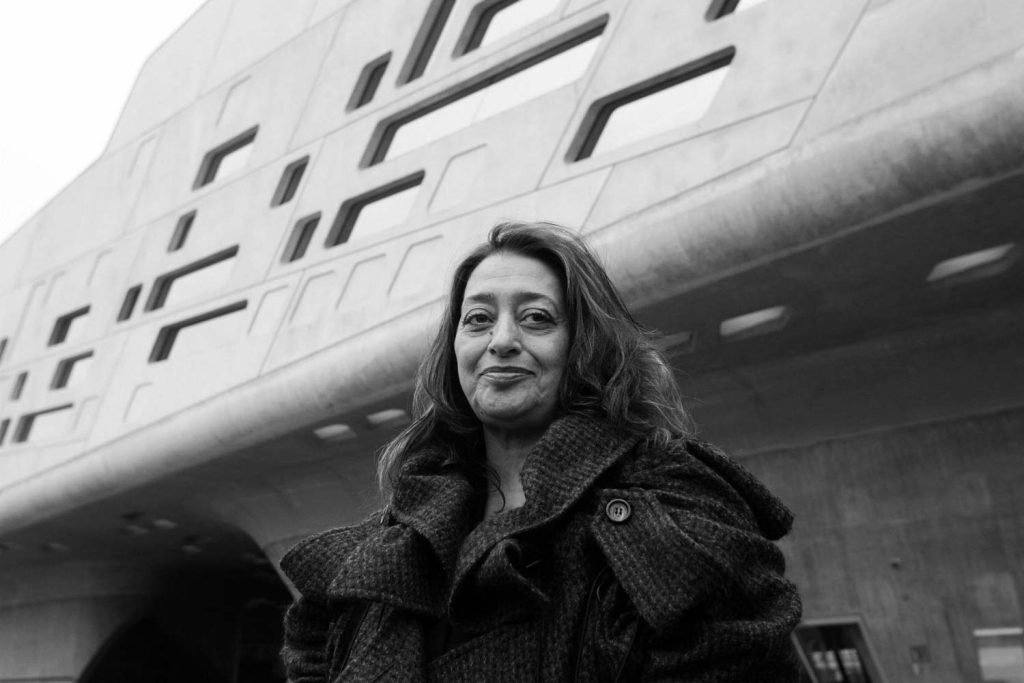
Zaha Hadid was an Iraqi-British architect who was recognized as one of the iconic women figures in the architecture of the late 20th and early 21st centuries. She was a visionary architect, businesswoman, and teacher who left extraordinary works behind her death in 2016. She studied mathematics at the American University of Beirut before moving to London to study at the Architectural Association School of Architecture. She studied with future iconic architects like her, such as Rem Koolhaas, Elia Zenghelis, and Bernard Tschumi. After graduating from university, Hadid opened her architectural firm, Zaha Hadid Architects, in London in 1980.
The Guardian described her as the “Queen of the curve,” who “liberated architectural geometry, giving it a whole new expressive identity.” Hadid notices architecture as an art that deals with human emotional experiences like pleasure, happiness, etc. Her design inspiration comes from observing nature, people, and the city. In one of her interviews, Hadid said, “People ask ‘why are there no straight lines, why no 90 degrees in your work?’ This is because life is not made in a grid.” She became the first individual woman awarded the Royal Gold Medal from the Royal Institute of British Architects. Hadid was the first woman to receive the Pritzker Architecture Prize in 2004. Also, she became the first woman to be individually awarded the Royal Gold Medal from the Royal Institute of British Architects. Hadid received the Atlantic Council’s Rafik Hariri Centre for the Middle East’s Lifetime Achievement award posthumously.
Learn more about Zaha Hadid Architects’ 10 Noteworthy Works Of Zaha Hadid (ZHA)
Kazuyo Sejima
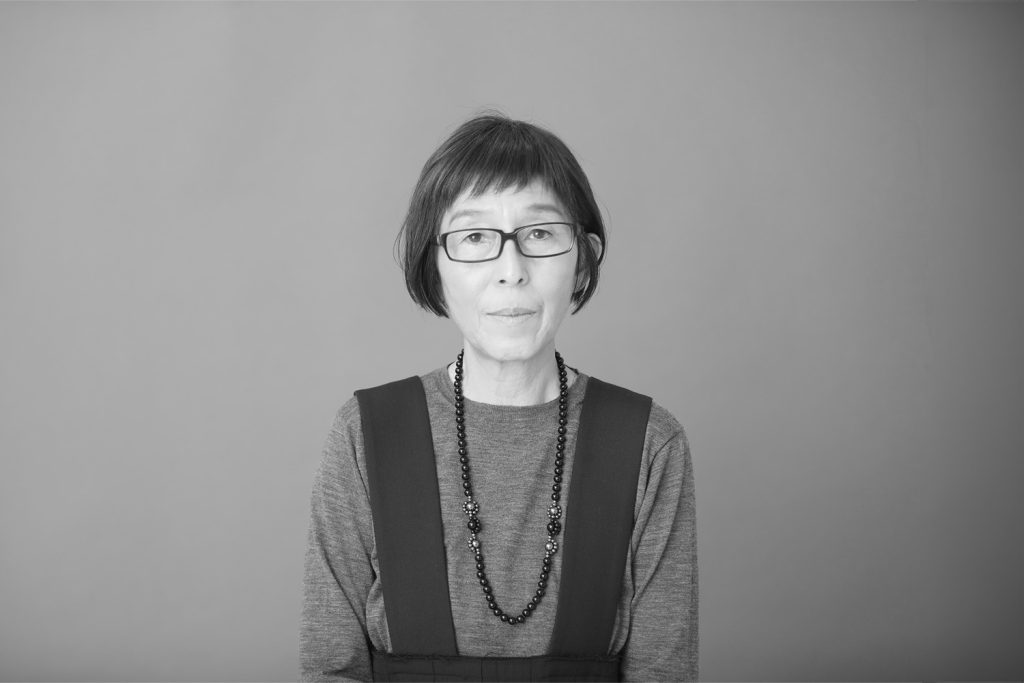
Kazuyo Sejima is a renowned Japanese architect with numerous awards and honors for her distinctive works. She was born in 1956 in Ibaraki, Japan. As a child, she saw a photograph of a house created by the famous architect Kazuo Shinohara, and its beauty captivated her to the point where she decided to study architecture at university. She achieved this aim in 1979 by graduating from Japan Women’s University. After her bachelor’s degree, she completed her Master’s Degree in architecture in 1981. In 1987, she established Kazuyo Sejima & Associates. Her initial solo works reflect an attraction to transience and neutrality. With rapidly gaining national recognition for her work, Sejimai gained the Young Architect of the Year award in 1992. Sejima is known for her clean lines and significant use of significant materials, including glass, marble, and metal. Following modernist ideals, the architect organizes her structures in her distinct style. Squares and cubes are her preferred shapes and can be found in practically all of her works.
In 1995, she co-founded SANAA (Sejima and Nishizawa and Associates) with Ryue Nishizawa, and their work together gained more fame. The works of SANAA had a significant impact on defining 21st-century Japanese architecture. Sejima’s works both individually and within SANAA, were praised with various awards. Sejima was the second woman to be awarded the Pritzker Prize, along with Nishizawa.
Learn more about Kazuyo Sejima, Contemporary Japanese architecture: Kazuyo Sejima and 6 inspiring projects
Abeer Seikaly

Jordanian-Palestinian interdisciplinary creative thinker Abeer Seikaly is an architect standing at the intersection of innovation and humanitarianism, redefining the boundaries of shelter and sustainability. Born in Amman, Jordan, Seikaly’s work blends her cultural roots with a global perspective, reflecting a commitment to addressing pressing societal issues. Drawing inspiration from her native place- the Middle East, she integrates traditional influences into contemporary design, creating structures that transcend mere functionality. Seikaly received a double degree in the Bachelor of Architecture and Bachelor of Fine Arts from the Rhode Island School of Design in 2002.
Seikaly’s designs are deeply rooted in the belief that architecture goes beyond mere structures. It is a means to create spaces that foster a sense of belonging, comfort, and identity. Her work is characterized as a creative blend of form and function, weaving together interesting ideas from cultures surrounding her and shaping them together into human-centric forms. Guided by this philosophy, She addresses global issues, particularly the plight of individuals and communities displaced by disasters. Abeer’s designs reflect her determination to provide not just shelter but a sense of security, community, and identity to those who have lost their homes.
Learn more about Abeer Seikaly, Design philosophy, career, and works of Abeer Seikaly
Jeanne Gang
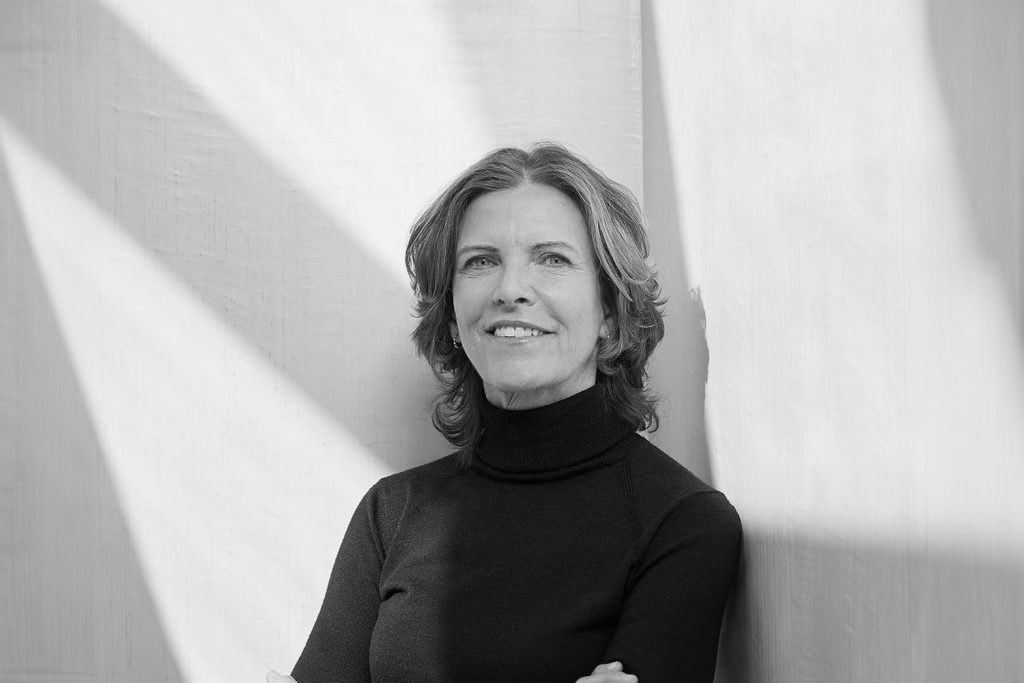
Jeanne Gang is an American architect born in 1964 in Belvidere, Illinois. Her architectural journey started in 1986 with gaining a bachelor’s degree in architecture from the University of Illinois. In 1989, she studied urban design in an interdisciplinary program combining landscape architecture, urban planning, architecture, and engineering as a Rotary Foundation Ambassadorial scholar at the Swiss Federal Institute of Technology in Zürich (ETHZurich). After graduating with a master’s degree at Harvard, she worked at OMA and Booth Hansen Architects right before she founded her own studio, Studio Gang.
Now, one of the most successful women architects in the world, Jeanne Gang is recognized for various projects under her studio, Studio Gang. The first widely recognized project of the studio was the Aqua Tower; the 82-storey tower was the studio’s first skyscraper project. In a male-dominated architecture sector, this project was widely called the tallest building in the world, designed by a woman. Later, she also surpassed Aqua Tower by St. Regis Chicago, again with Studio Gang’s project. As a woman in the most male-dominated times of the architecture sector, she paved her way with her unique approach and iconic projects. With iconic aesthetics and various types of projects, she is a famous and successful architect whose projects are highly anticipated each time.
Learn more about Jeanne Gang, 8 outstanding works of Jeanne Gang
Anne Lacaton
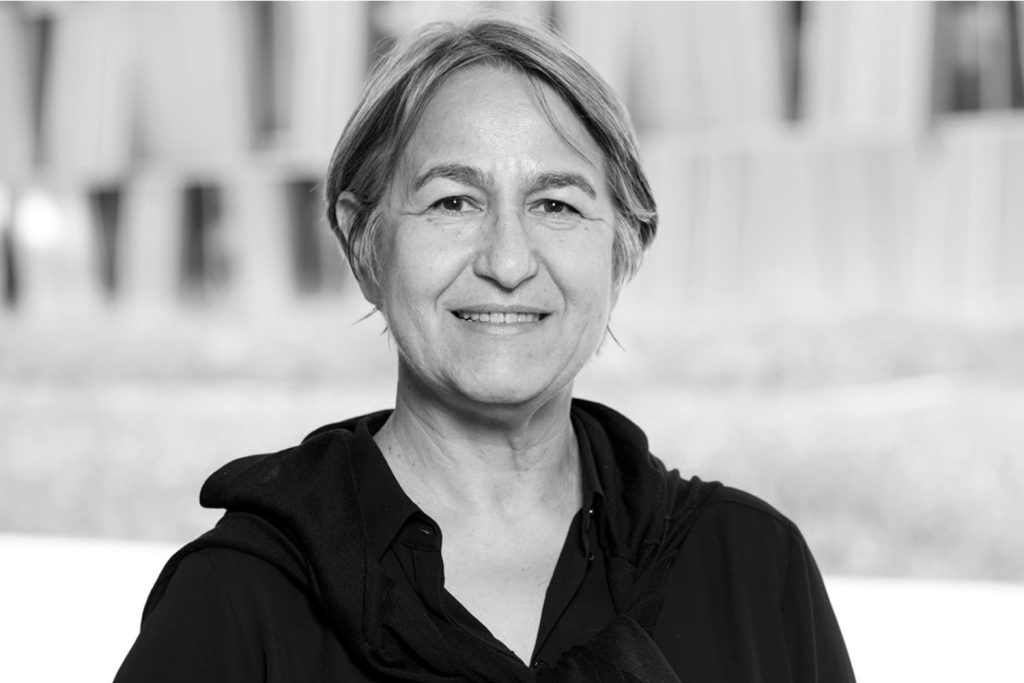
Anne Lacaton is a French architect and educator born in 1955. Lacaton completed her architectural studies at the École nationale supérieure d’architecture et de paysage de Bordeaux, earning a master’s degree in urban planning from the University of Bordeaux in 1984. In 1987, she co-founded the practice Lacaton & Vassal with Jean-Philippe Vassal. The duo collectively received the prestigious 2021 Pritzker Prize, and Vassal became the sixth among women to receive this award.
Lacaton & Vassal has been awarded the Lifetime Achievement Award, Trienal de Lisboa (2016) and the Fundació Mies van der Rohe, European Union Prize for Contemporary Architecture (2019) along with Frédéric Druot Architecture and Christophe Hutin Architecture for the transformation of 530 Dwellings at Grand Parc, Bordeaux. Anne Lacaton’s academic teaching focuses on architecture from an ideological and sociopolitical standpoint. Lacaton’s ideas and constructions are concerned with the individuals involved rather than the iconic exhibition. Her designs strive to encourage user interaction, such as among inhabitants in redeveloped regions.
Learn more about female Pritzker Prize Laureates, The 6 women Pritzker Architecture Prize laureates since 1979


